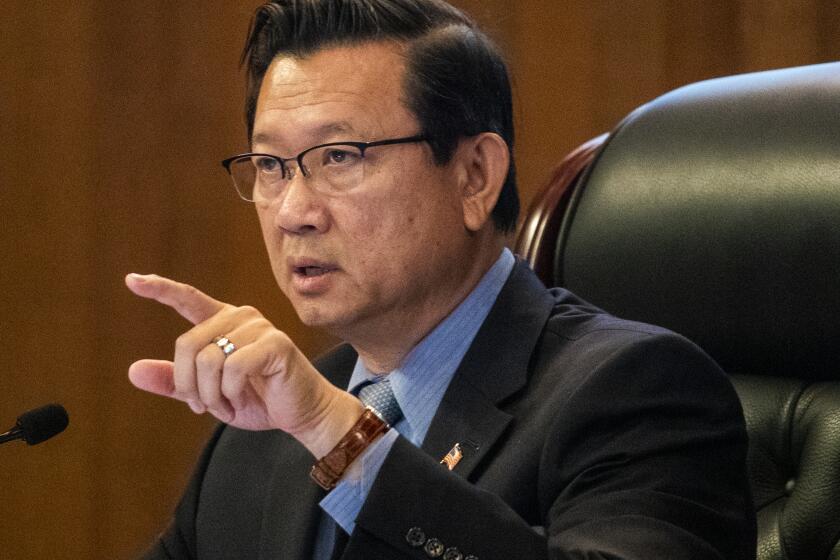Protecting the Mojave : Legislation to save our fragile desert ecosystem from overuse
- Share via
Every year since 1986, former Sen. Alan Cranston introduced a bill to protect California’s unique but threatened desert resources. Every year the bill failed; last year the measure died in large part because of opposition by California’s other senator, John Seymour. So it is more than a bit ironic, perhaps, that Sen. Dianne Feinstein, who defeated Seymour last November, reintroduced the California Desert Protection Act quickly after taking office. Hearings on the bill began Tuesday in the Senate Energy and Natural Resources Committee. This time, we hope, Congress will do the right thing.
The California desert is threatened by piecemeal development on all fronts--from off-road vehicle usage to open-pit mining to proposals for hazardous waste sites. The California Desert Protection Act would save the special places in the California desert from these threats. It would set aside 4 million acres of roadless lands as wilderness and transfer 3 million acres to the National Park Service. That amounts to 1.3 million acres to be added to Death Valley, 234,000 to be added to Joshua Tree and 1.5 million acres to be designated as the Mojave National Park.
Feinstein has demonstrated her willingness to compromise, which should help in dealing with objections raised by Rep. Jerry Lewis (R-Redlands). The changes she made in Cranston’s last version should defuse opposition from some miners and the Defense Department, which operates large military installations in the desert.
Absent those protections, the steady deterioration of fragile desert wildlife and terrain will continue. With these protections, it will still be possible to see for miles and miles past sand dunes and mesas. Or to peer into the complex world of desert ants and the Gila monster. And the desert can still be a place to hear nothing but the echoing call of a coyote.
More to Read
Sign up for Essential California
The most important California stories and recommendations in your inbox every morning.
You may occasionally receive promotional content from the Los Angeles Times.













